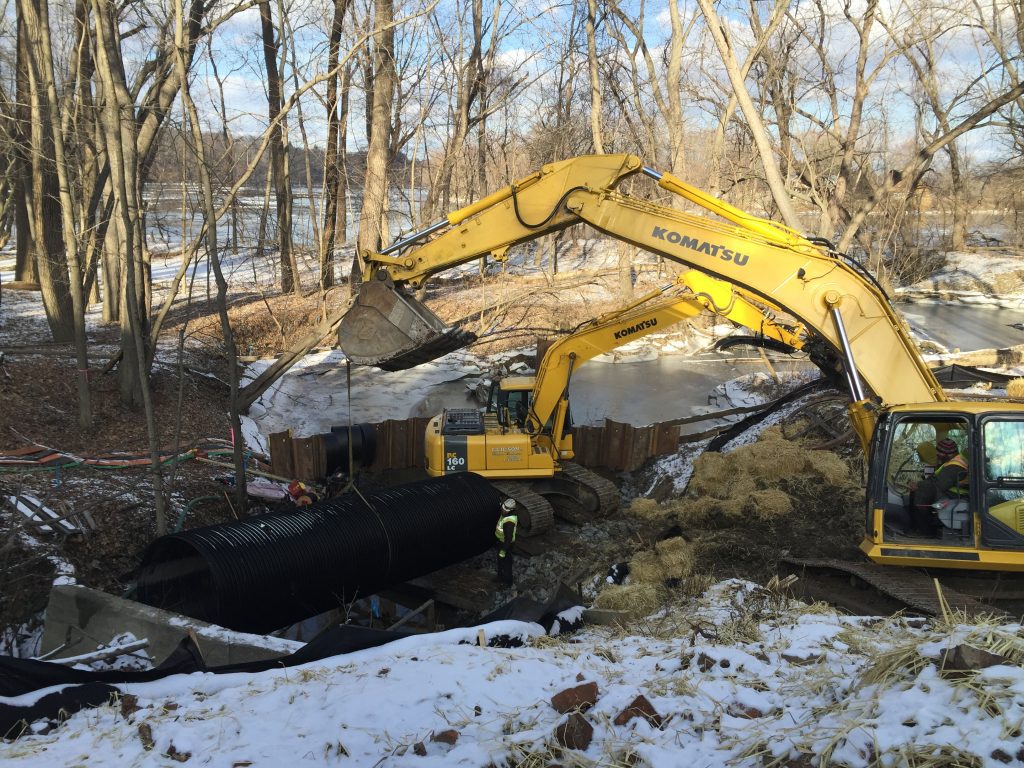A stormwater retention system’s goal is to collect rainwater runoff in a specific location so that it can be allowed to seep into the ground. Stormwater is generally quickly exfiltrated into the nearby native soil as a result. On the other side, a stormwater retention system slows and momentarily holds stormwater runoff in order to release it into the environment at a controlled rate. Retention, detention, or a combination of the two are all viable options for stormwater management.
Stormwater retention/detention techniques come in a wide range of designs, from open ponds to underground vaults, subsurface piping systems, and gravel pits. The designs that are most frequently employed are vault and/or subsurface plumbing systems, as well as open ponds. By utilizing underground pipe, the Dual Wall HDPE pipe underground retention/detention system retains storm water and either releases it through a regulated outlet or stores it until the surrounding soil can absorb it. Systems for subsurface retention and detention effectively utilize the land that is available, incur little maintenance costs, and present minimal to no aesthetic issues.
Systems for subsurface retention and detention can be created in virtually any size and shape utilizing a variety of materials. For the retention and detention of stormwater, plastics, particularly high density polyethylene (HPDE) and polypropylene (PP), are a desirable and affordable choice. They may frequently be installed more quickly and affordably than other systems, and they have a high level of resistance to the harm that salts, oils, fuels, other chemicals, and freeze-thaw conditions can cause. Plastics can last a long time in harsh conditions.
